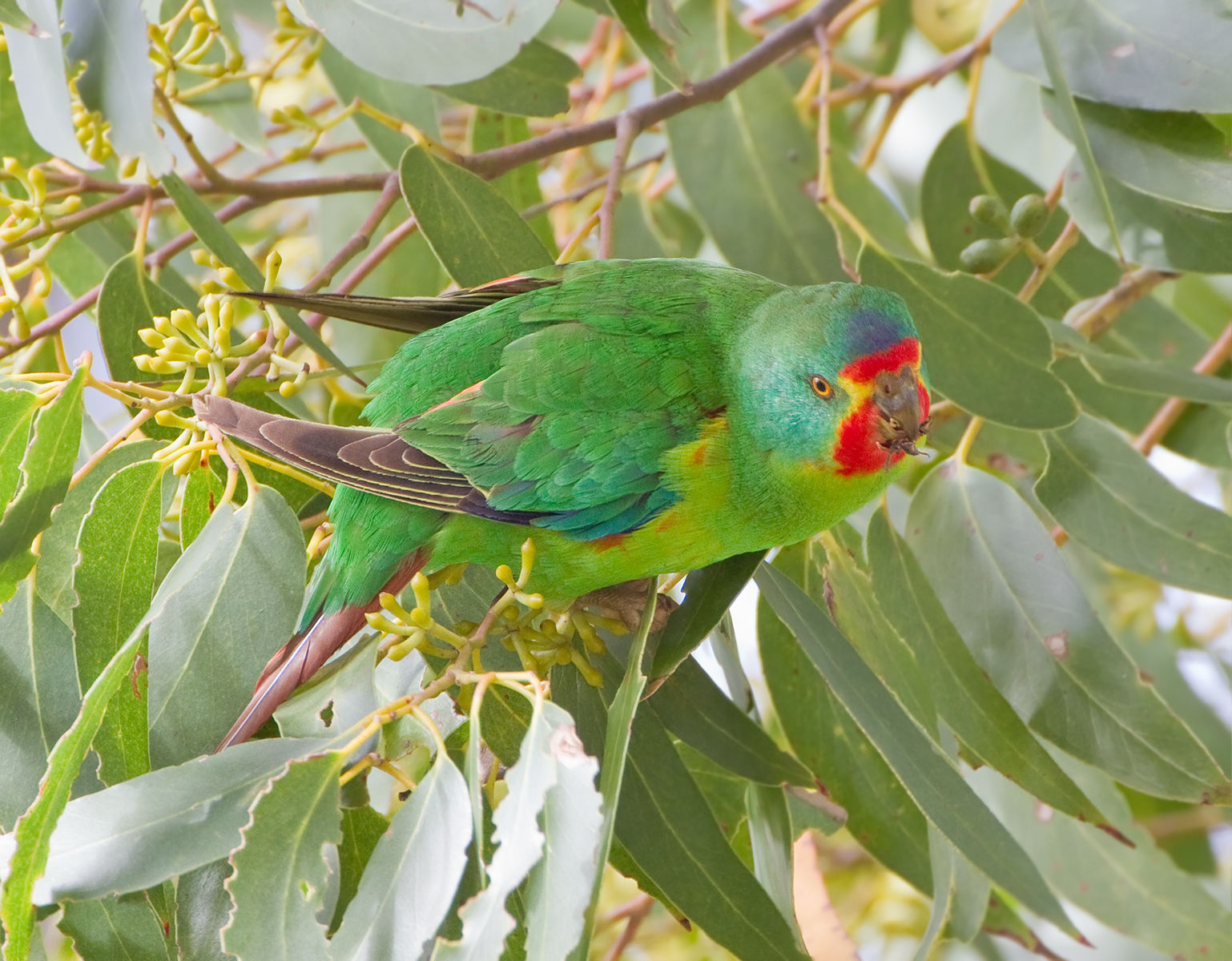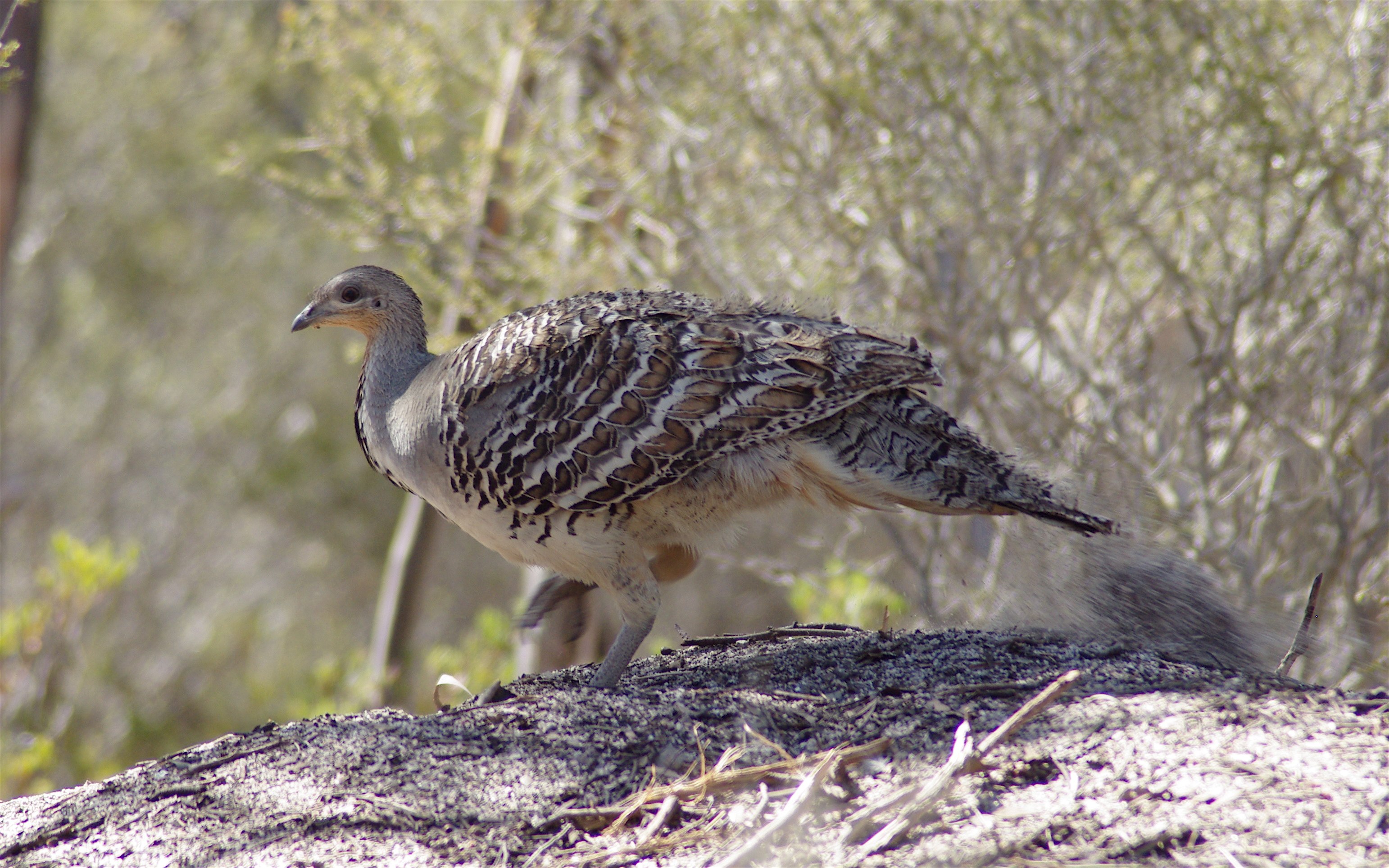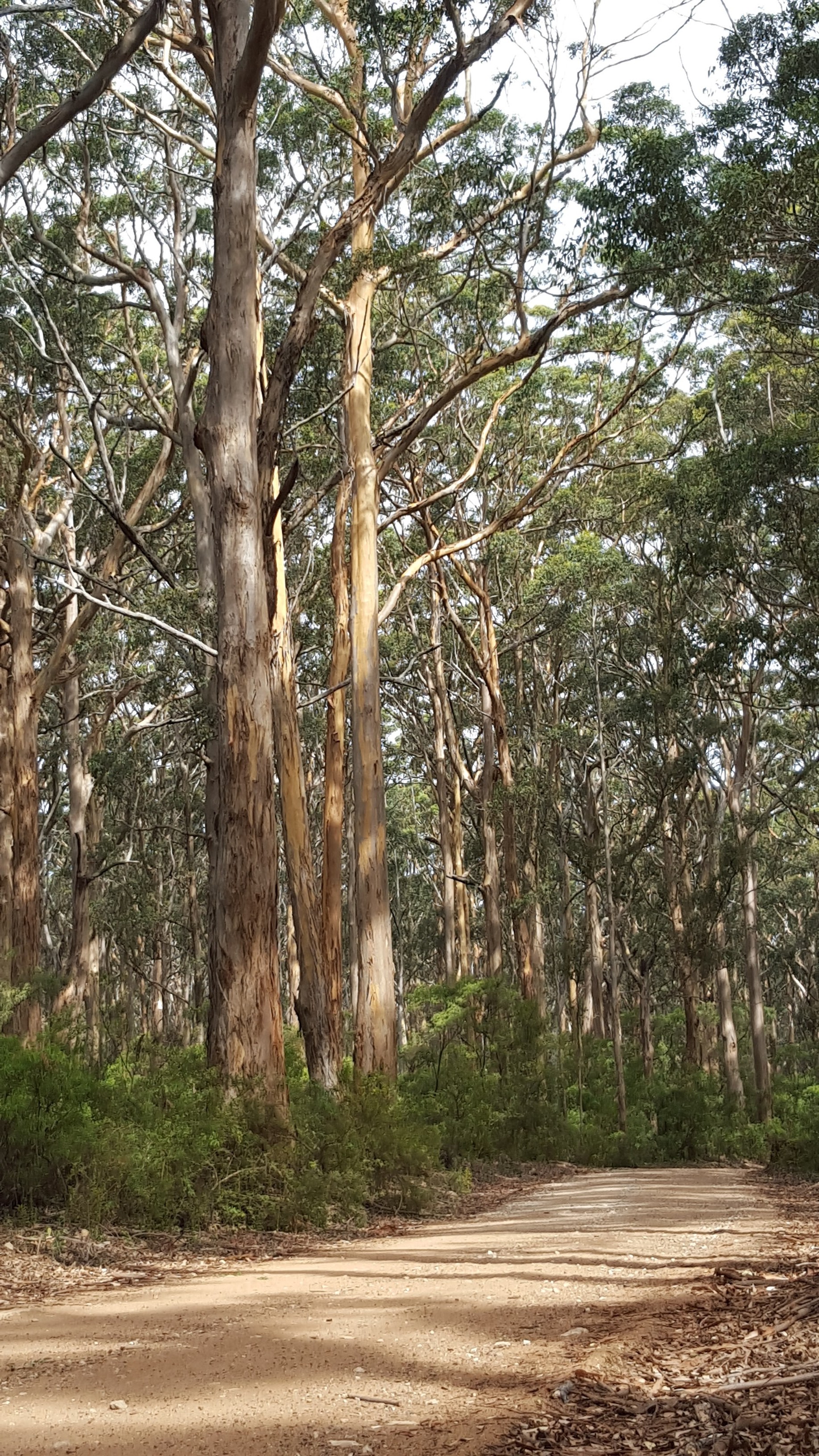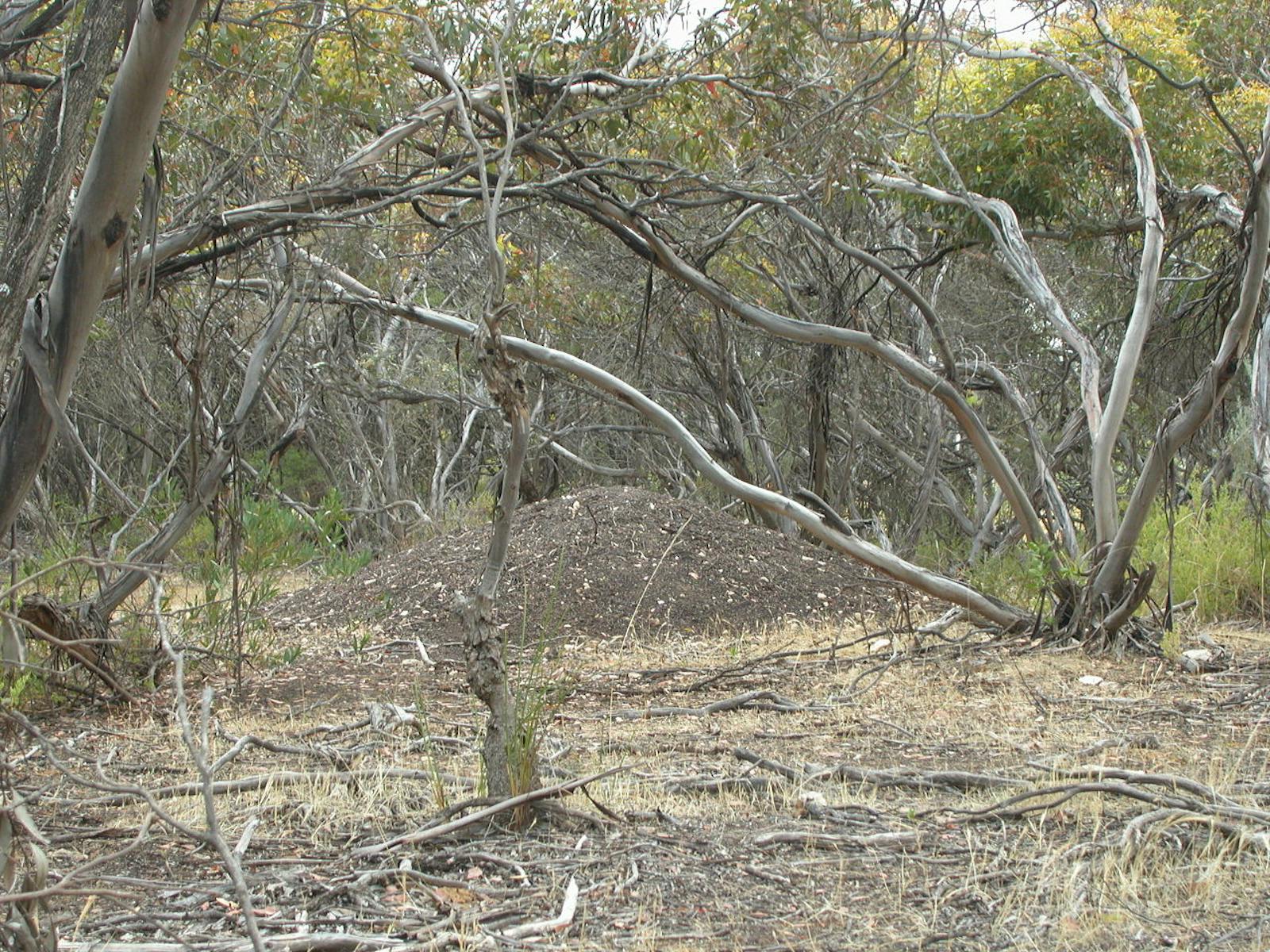Murray-Darling Woodlands and Mallee
The ecoregion’s land area is provided in units of 1,000 hectares. The protection goal is the Global Safety Net (GSN1) area for the given ecoregion. The protection level indicates the percentage of the GSN goal that is currently protected on a scale of 0-10. N/A means data is not available at this time.
Bioregion: East Australian Mediterranean Woodlands & Temperate Savannas (AU4)
Realm: Australasia
Ecoregion Size (1000 ha):
20,822
Ecoregion ID:
203
Protection Goal:
59%
Protection Level:
3
States: Australia
The Murray-Darling woodlands and mallee are one of the world’s rare Mediterranean-climate ecoregions, all notable for rich concentrations of endemic plants. This ecoregion transition between the higher rainfall sclerophyll woodlands to the east and south and the arid chenopod woodlands and shrublands north of the Murray and Darling Rivers.
Vegetation consists largely of eucalypt mallee woodlands, a distinctive multi-stemmed growth form emanating from the large lignotubers of Eucalyptus spp. that comprise the tree layer. Understories support large Xanthorrhoea tussocks and small-leaved sclerophyllous shrubs (for example, Acacia, Astroloma, Baeckea, Banksia, Grevillea, Hakea, Leptospermum, Leucopogon, Melaleuca, and Pultenea spp.), with a sparse ground cover of grasses, sedges and Lomandra tussocks.
-CC-Ron%20Knight-2009.jpg)
The flagship species of the Murray-Darling Woodlands and Mallee ecoregion is the black-eared miner. Image credit: Ron Knight, Creative Commons
In drier areas the understory tends to be sparse and of lower stature, composed of either chenopod or Triodia hummock grasses with scattered Zygophyllum spp. shrubs. Black box (Eucalyptus largiflorens) and river red gum (E. camaldulensis) form woodlands along the river floodplains and terraces. Dry summer thunderstorms are common, particularly in the more northern parts of the region, and bushfires are common. Many plants possess fire-adapted features, such as seritony, protected vegetative buds, lignotubers, and soil seedbank that enable populations to rebound.

Swift parrot. Image credit: JJ Harrison, Wikimedia Commons
The ecoregion has recorded 2,000 plants, 98 species of water birds, 53 species of native frogs, 46 species of snakes, 100 lizard species, and 46 different species of native fish. Honeyeater birds are particularly diverse, feeding on the rich nectar-producing plant communities. Murray-Darling exhibits relatively low endemism, though the species diversity of lizards is very high, especially skinks. Ant diversity is particularly high, as well.

Malleefowl. Image credit: Creative Commons
Much of the natural vegetation has been cleared for pasture and agriculture. Some larger blocks of habitat remain, such as in the Ngarkat Conservation Park & Big Desert Wilderness Park straddling the South Australian-Victorian border, which covers more than 4,000 km2. This larger protected area conserves the endangered black-eared miner (Manorina melanotis) and the vulnerable malleefowl (Leipoa ocellata).
Kangaroo Island has Flinders-Chase National Park and has acted as a refuge for many threatened species, including koala, until the 2019–2020 bushfires that burned a third of the island, threatening the endangered dunnart and black glossy cockatoo populations. Feral goats, fox, cats, rabbits, and other introduced species threaten wildlife and natural communities throughout the ecoregion. Riverine vegetation is affected by clearing and increasing salinity and hydrological extremes, including the almost decade long millennium drought which started around 2000.

Eucalyptus diversicolor. Image credit: Creative Commons
Threatened and endangered species in the woodland includes plains wanderer, red-tailed black cockatoo, swift parrot and regent honeyeater. The key conservation actions of the next decade include: 1) introduce rabbit control, which has been highly successful where planned and well managed, notably at Hattah-Kulkyne; 2) construct firebreak to reduce the likelihood of damaging wildfires in the new hotter and drier regime brought on by climate change; and 3) work with landholders to implement grazing control and reduction, as well as weed control, on private land.
Citations
- Boomsma CD, NB Lewis. 1980. The native forest and woodland vegetation of South Australia. Woods and Forests Department, Adelaide, South Australia.
- Cheal D et al. 2010. National Recovery Plan for Buloke Woodlands of the Riverina and Murray Darling Depression Bioregions. State of Victoria Department of Sustainability and Environment.
- Cogger HG. 1992. Reptiles and amphibians of Australia, revised edition. Reed Books, Sydney, Australia.



